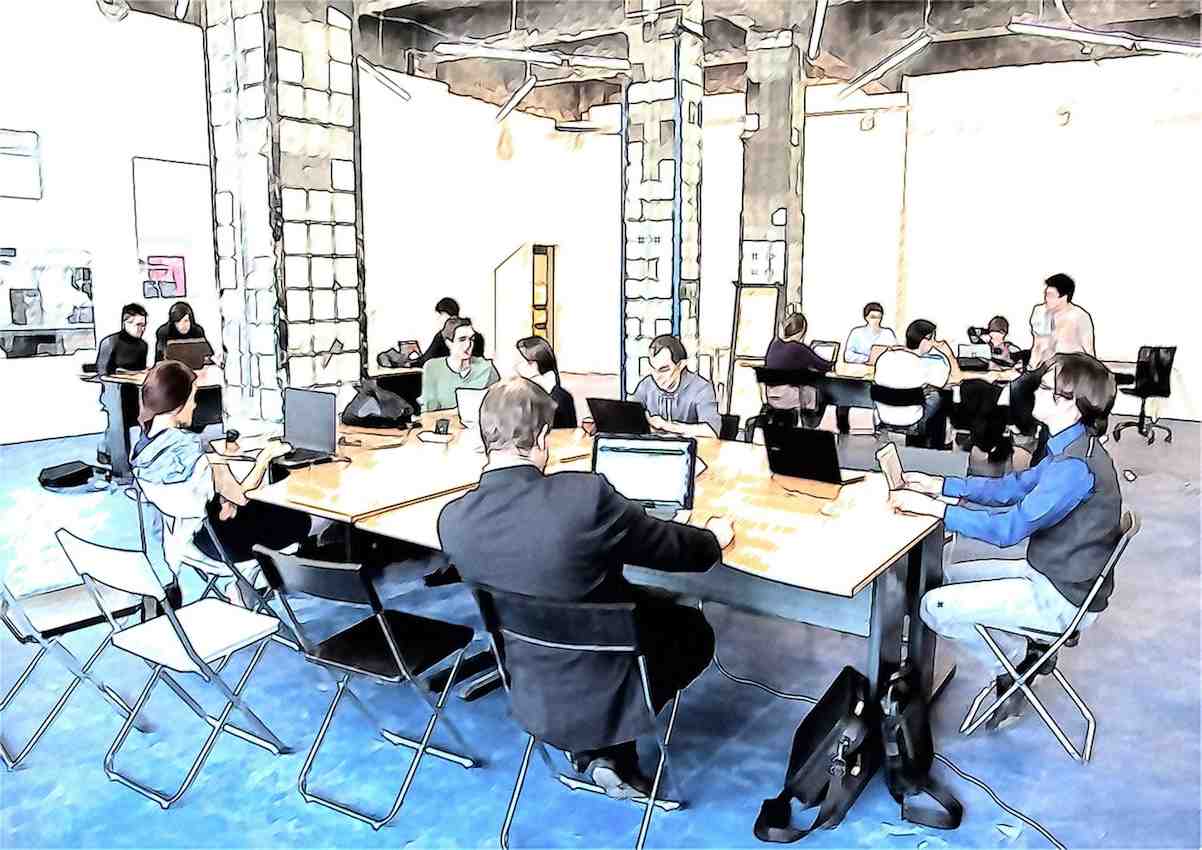
Sociotechnical systems theory provides a perspective for managing information overload while accounting for the relationship between human resources and technologies used in business organizations. Globalization and information technologies push organizations to adopt technological tools for business, while oftentimes increasing the workload of employees. In this trend, leaders and managers prioritize the technological aspect of business operations to maximize productivity. However, the resulting condition combined with cutthroat competition adds to work-related stress and increases the probability of burnout linked to information overload. To address this problem, strategic planning and decisions must account for both the technical and social aspects of the business organization. The sociotechnical systems perspective enables managers to identify issues linked to human resources and their use of technology. A sociotechnical systems approach can help organizations manage information overload by ensuring excellence in technical activities while maintaining high-quality work experiences for employees.
The sociotechnical systems theory expands managers’ understanding of issues and challenges in business organizations. Through a sociotechnical systems approach, information overload and other problems can be addressed while keeping the organization operating optimally. The theory also applies to virtual organizations, which integrates information technologies to support business processes.
What is the sociotechnical systems perspective?
The sociotechnical systems perspective is a way of developing organizations to address the complexity of the organizational environment. Human resources, technology, and other technical factors can affect the organization. The socio-technical perspective requires consideration for both the technical and social aspects of the organization. Staffing policies and human resource development approaches need to account for the interaction between the social aspect and the technical aspect of the organization.
In the socio-technical systems theory, the technical aspect includes the methods, techniques, and technologies that workers use. This aspect presents the formalities and technological assets of the organization. In addition, according to the sociotechnical systems theory, every organization has a social aspect, which pertains to the workers, their social relations, and the overall quality of their work experiences. Every organization is subject to the social dynamics of its workers.
In using a socio-technical systems approach, managers and leaders must deal with these two organizational aspects. Sociotechnical systems solutions to information overload, for example, must address workers’ needs and the challenges they experience, such as in using standard procedures and technologies. At the same time, leaders and managers must address the needs, issues, and expectations of human resources, pertaining to the social aspect of the organization.
The sociotechnical systems perspective differs from the traditional perspective of the business organization. The traditional perspective separates the technical aspect from the social aspect. Thus, in the traditional approach to designing and developing organizations, managers and leaders divide their time and effort for these two aspects. However, the technical aspect and the social aspect are inseparable because workers who have social experiences must use technologies and other technicalities in their jobs.
The sociotechnical systems perspective addresses the gap between the technical aspect and the social aspect. These aspects are combined to form the sociotechnical system. In viewing the two aspects as interrelated, human resources and their social relations are the primary determinants of how techniques, methods, and technologies are used in the workplace. In effect, the sociotechnical systems theory creates a single and integrated approach that applies to both aspects at the same time.
Using the Socio-technical Systems Theory for Managing Information Overload
Information overload is a problem that limits or decreases productivity in business organizations. Workers typically use information technologies to access large amounts of information. However, continual access to information leads to chronic information overload and related issues in social dynamics. Thus, in implementing information technologies, managers need to consider how using these technologies affect the social aspect of the business organization. The sociotechnical systems perspective can be used to address the problem of information overload.
Sociotechnical solutions assess the organization’s technical aspect in terms of the tools that workers use, the technical and social effects of information technologies on workers, and the performance of these technologies in the organization. Also, the sociotechnical perspective makes managers and leaders consider the effects of information overload on social relations, motivation, job satisfaction, and productivity.
In a sociotechnical systems approach, business decisions must maximize the benefits of technologies, and minimize information overload among employees. The approach ensures excellence in technical activities and supports high-quality work experience. This approach helps bring workers closer to self-actualization, which is the ultimate need according to Maslow’s Hierarchy of Needs. In managing information overload, a socio-technical perspective can be more effective than either technical solutions or organizational solutions alone.
References
- Akse, R. (2024). Towards a conceptual model of uncertainty management for socio-technical innovations: A systematic review. Technological Forecasting and Social Change, 209, 123796.
- Azri, M. D. N., Malek, S. N. N. A., & Besar, T. B. H. T. (2024). An overview of information overload, system feature overload, social overload and communication overload. Environment-Behaviour Proceedings Journal, 9(SI19), 179-186.
- Islind, A. S., & Vallo Hult, H. (2024). Guest editorial: The tables have turned: socio-technical perspectives are influential for the future of digital work. Journal of Workplace Learning, 36(3), 205-208.
- Shahrzadi, L., Mansouri, A., Alavi, M., & Shabani, A. (2024). Causes, consequences, and strategies to deal with information overload: A scoping review. International Journal of Information Management Data Insights, 4(2), 100261.
- Thomas, A. (2024). Digitally transforming the organization through knowledge management: A socio-technical system (STS) perspective. European Journal of Innovation Management, 27(9), 437-460.
- Vicente, P. (2024). Exploring and depicting information pathologies: A case study of information technology anxiety and information overload. The Canadian Journal of Information and Library Science, 47(2), 99-107.
- Viskova-Robertson, A. (2024). The AI Effect: Transforming Workplace Well-Being? An Empirical Insight Through Socio-Technical Frame. In Academy of Management Proceedings (Vol. 2024, No. 1, p. 15557). Valhalla, NY 10595: Academy of Management.